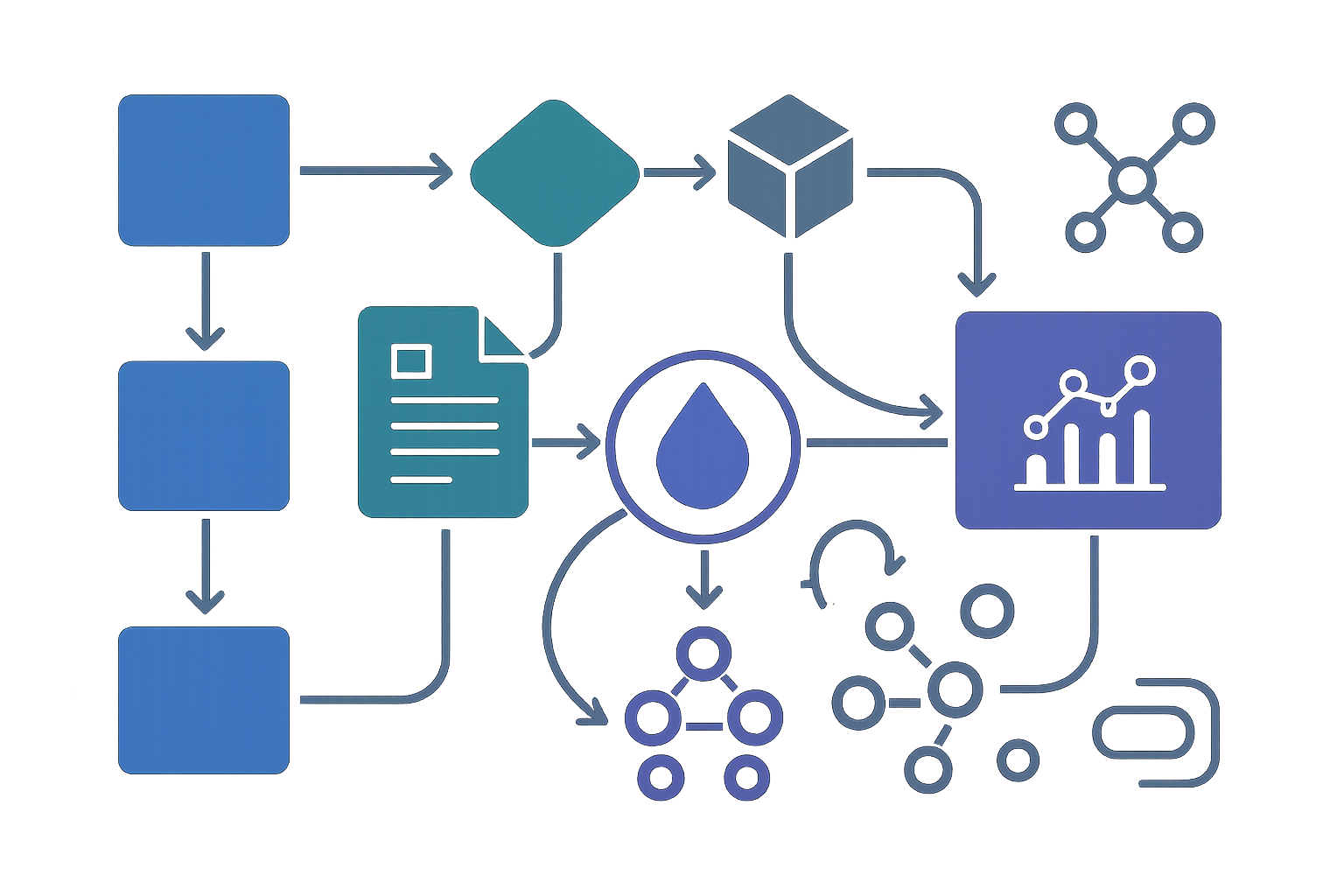
Imagine a world where your smart home devices, city sensors, and AI apps don’t have to wait on distant cloud servers to make decisions. That world is arriving fast, thanks to the rise of edge DePIN networks. These decentralized physical infrastructure networks are turning the old model of AI inference and IoT upside down by processing data right where it’s generated – at the edge. The result? Lightning-fast responses, ironclad privacy, and a whole new set of incentives for node operators and developers.

From Cloud Bottlenecks to Edge Brilliance
If you’ve ever yelled at your voice assistant because it took too long to answer, you’ve felt the pain of centralized compute bottlenecks. Traditional cloud-based AI inference sends data on a round trip to faraway data centers, introducing lag that can be a dealbreaker for real-time applications. In industries like autonomous vehicles or industrial automation, even 100 milliseconds is an eternity.
Edge DePIN networks flip this script by distributing compute power across thousands of local nodes – think routers, gateways, or even idle smartphones. These nodes run AI models directly on-site, slashing latency into the sub-50ms range. Projects like @EdgenTech are already demonstrating this with compute loops under 50ms and instant payouts to participating nodes. As one recent X post put it: “Chainlink feed confirmed the DePIN → inference bridge… @EdgenTech running compute loops under 50ms and paying out direct to nodes. “
The Secret Sauce: Decentralized Incentives and Security
So what makes these networks tick? It’s not just about speed; it’s about creating a self-sustaining ecosystem where anyone can contribute compute power and get rewarded instantly. With DePIN-powered models like those seen in Helium or iG3 Edge Network, users deploy hotspots or edge devices that provide coverage and process AI tasks locally. In exchange, they earn tokens as rewards – fueling rapid network growth without relying on centralized control.
This decentralized approach isn’t just about economics; it’s also about security and privacy. By keeping sensitive data local (rather than shipping everything off to the cloud), edge DePIN networks dramatically reduce the risk of breaches. Blockchain-backed data management ensures integrity and trust – crucial for sectors like healthcare or environmental monitoring where every millisecond (and byte) counts.
Why Sub-50ms Latency Is a Game-Changer for IoT and Real-Time AI
Let’s break down why sub-50ms latency AI inference is such a big deal:
- Autonomous Vehicles: Split-second decisions mean safer roads when cars don’t have to wait for cloud round trips.
- Industrial Automation: Machines detect anomalies instantly, preventing costly downtime.
- Smart Cities: Sensors react in real time to traffic flows, pollution spikes, or emergencies.
- User Experience: Apps feel snappier; voice assistants respond as if they’re reading your mind.
This kind of performance simply isn’t possible if every request has to travel halfway around the world before getting an answer. As EdgeX Labs puts it: “Sub‑50 ms response times, a latency figure unattainable on public networks to distant data centers. ” The era of waiting for the cloud is ending.
The Emerging Mesh: How Edge DePIN Networks Scale Securely
The beauty of this new paradigm is its scalability. Every new node added – whether it’s an industrial gateway or someone’s home router – strengthens the overall network while earning rewards through mechanisms like $EDGEN. Decentralized mesh topologies mean there’s no single point of failure; if one node goes offline, others pick up the slack seamlessly.
This resilience is exactly what IoT needs as billions more devices come online each year. And with projects integrating Chainlink feeds for verifiable off-chain computation (the so-called “DePIN → inference bridge”), trustless payments flow directly from users to node operators based on actual work performed.
These advances are not just theoretical. In logistics, DePIN edge nodes are already powering on-site AI video analysis, eliminating cloud lag and enabling real-time insights that drive efficiency. For smart cities, decentralized sensors and compute nodes analyze environmental data on the spot, reacting instantly to changing conditions. This is a massive leap from the old paradigm where every sensor pinged a distant server before anything happened.
And let’s talk economics: DePIN infrastructure is shaking up the cost structure of AI inference. Operators report that running AI workloads on edge DePIN networks can be 50-70% cheaper than public clouds. That’s not just pocket change – it’s a fundamental shift in how we think about deploying scalable, affordable AI and IoT solutions. With tokenized incentives like $EDGEN, there’s now a direct feedback loop between network growth, compute supply, and user demand.
What’s Next for Edge DePIN Networks?
The momentum is only building. As more projects tap into decentralized AI compute and mesh networking, we’ll see:
- Explosion of micro-inference tasks: Everyday apps will offload tiny bits of computation to edge nodes for instant results.
- Programmable privacy: Users will gain fine-grained control over where their data lives and who can access it – all enforced by blockchain.
- Global coverage via community-driven expansion: Anyone with spare bandwidth or idle devices can join the network and get rewarded in real time.
It’s not just about faster responses or lower costs; it’s about creating a new kind of digital commons where infrastructure is open, incentives are transparent, and innovation happens at the speed of community collaboration.
If you’re curious how these networks actually work under the hood – from mesh topologies to tokenized rewards – check out our deep dive on how edge nodes are powering decentralized AI compute networks.
The future of real-time AI inference isn’t locked away in mega data centers anymore. Thanks to edge DePIN networks, it’s distributed across the world – closer to users, more secure by design, cheaper to run, and open for anyone to participate. Whether you’re an enterprise optimizing IoT deployments or a developer looking for blazing-fast inference without breaking the bank, this new paradigm changes everything. The only question left: how will you plug in?





